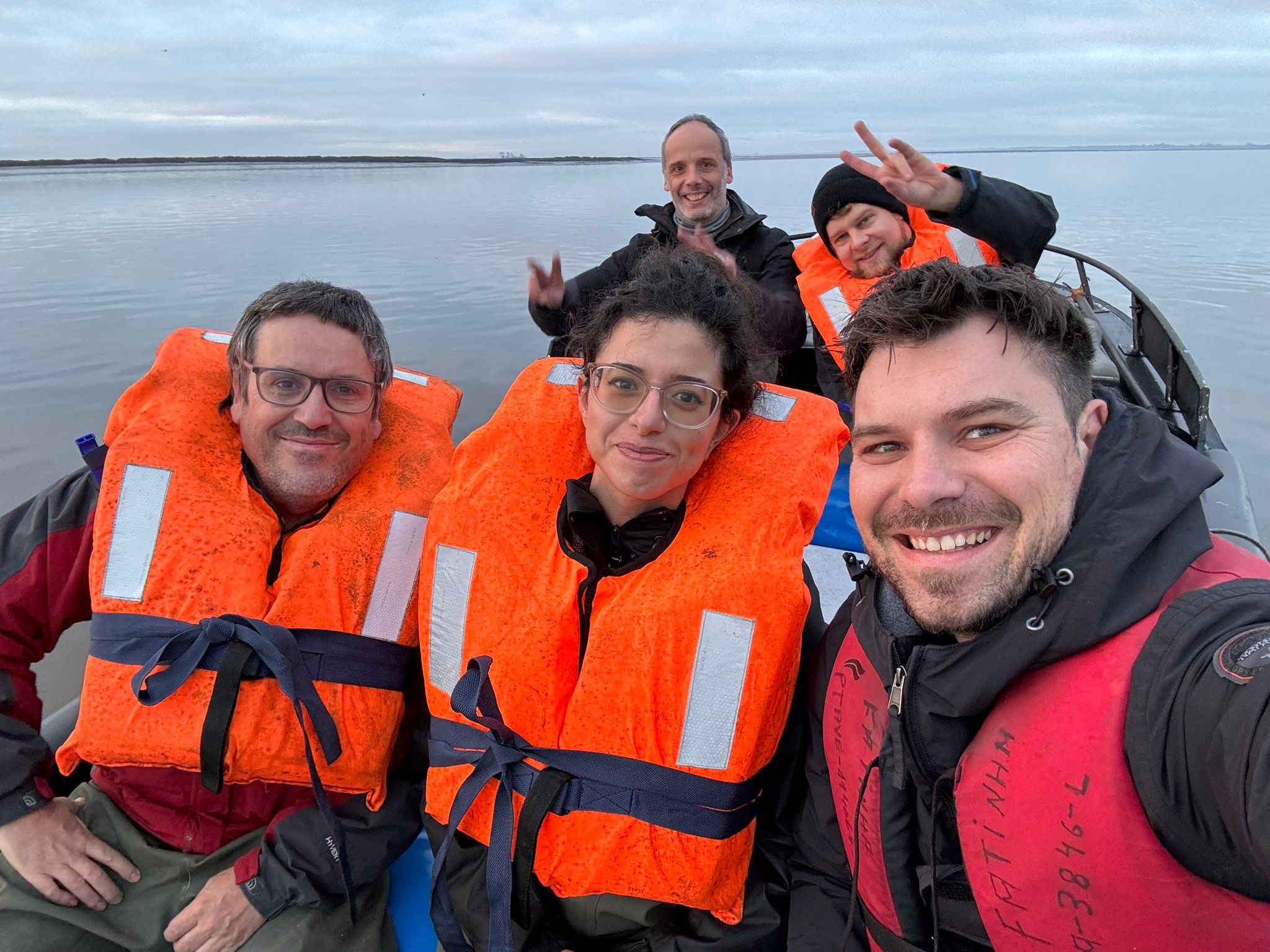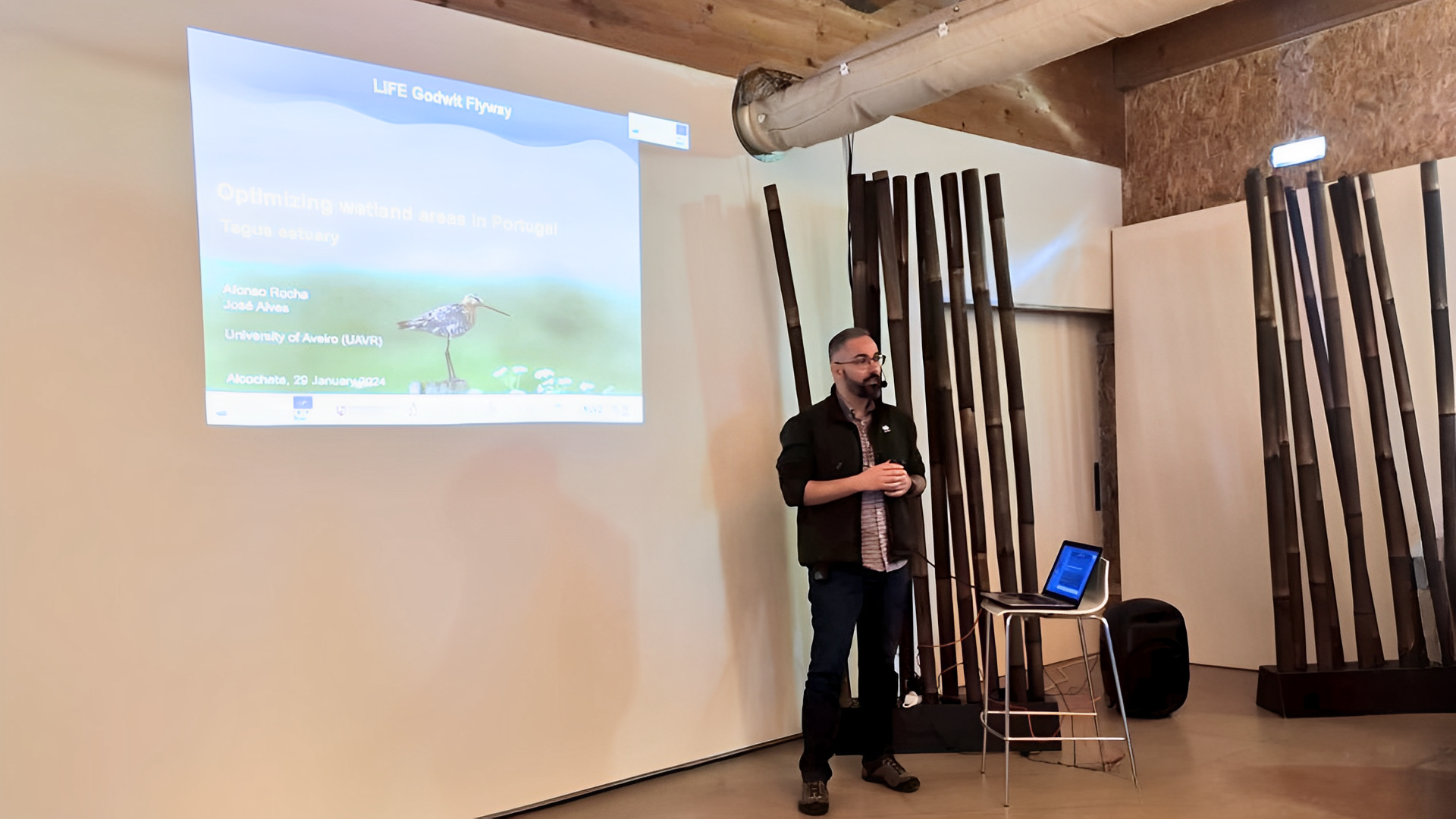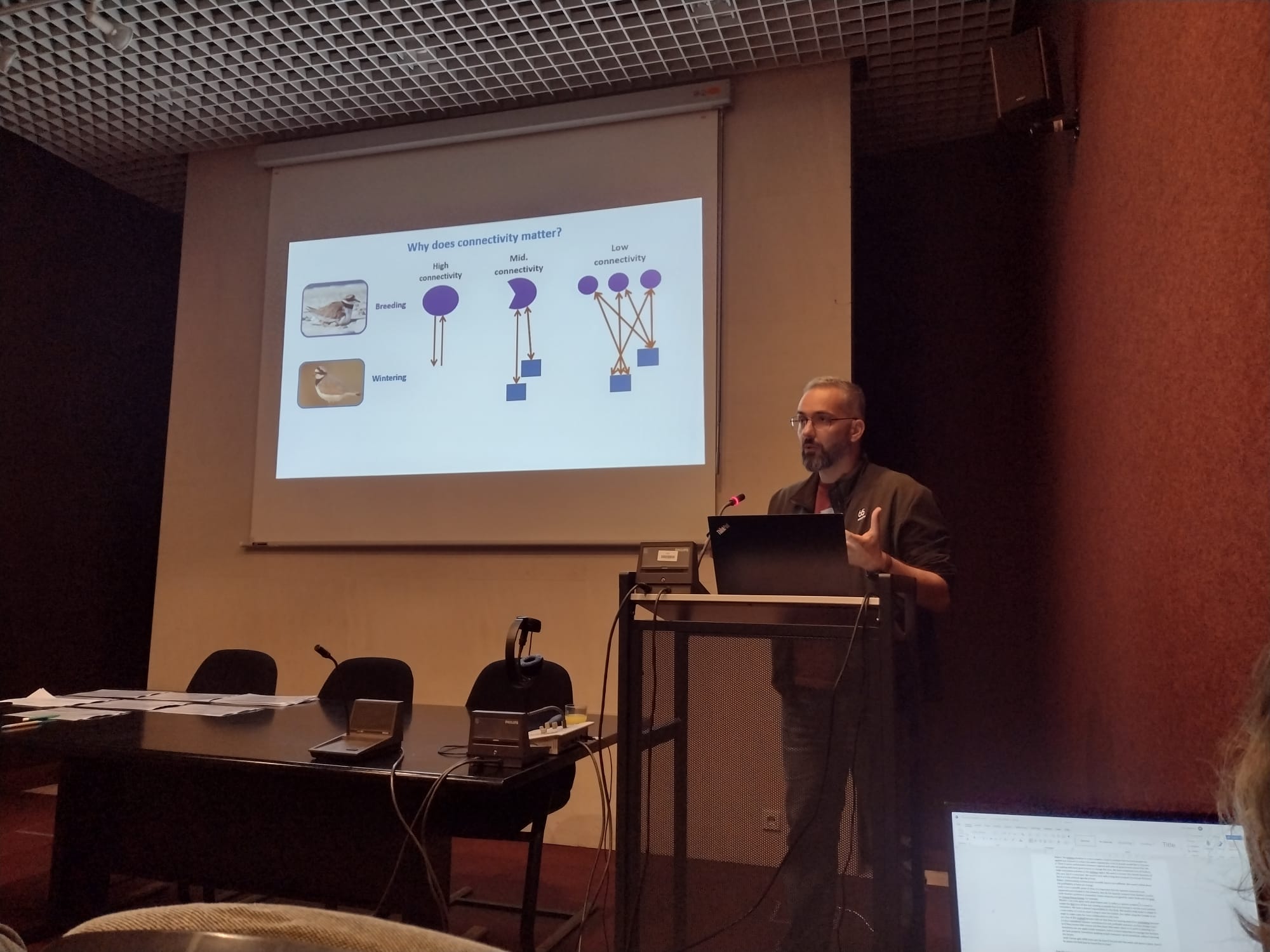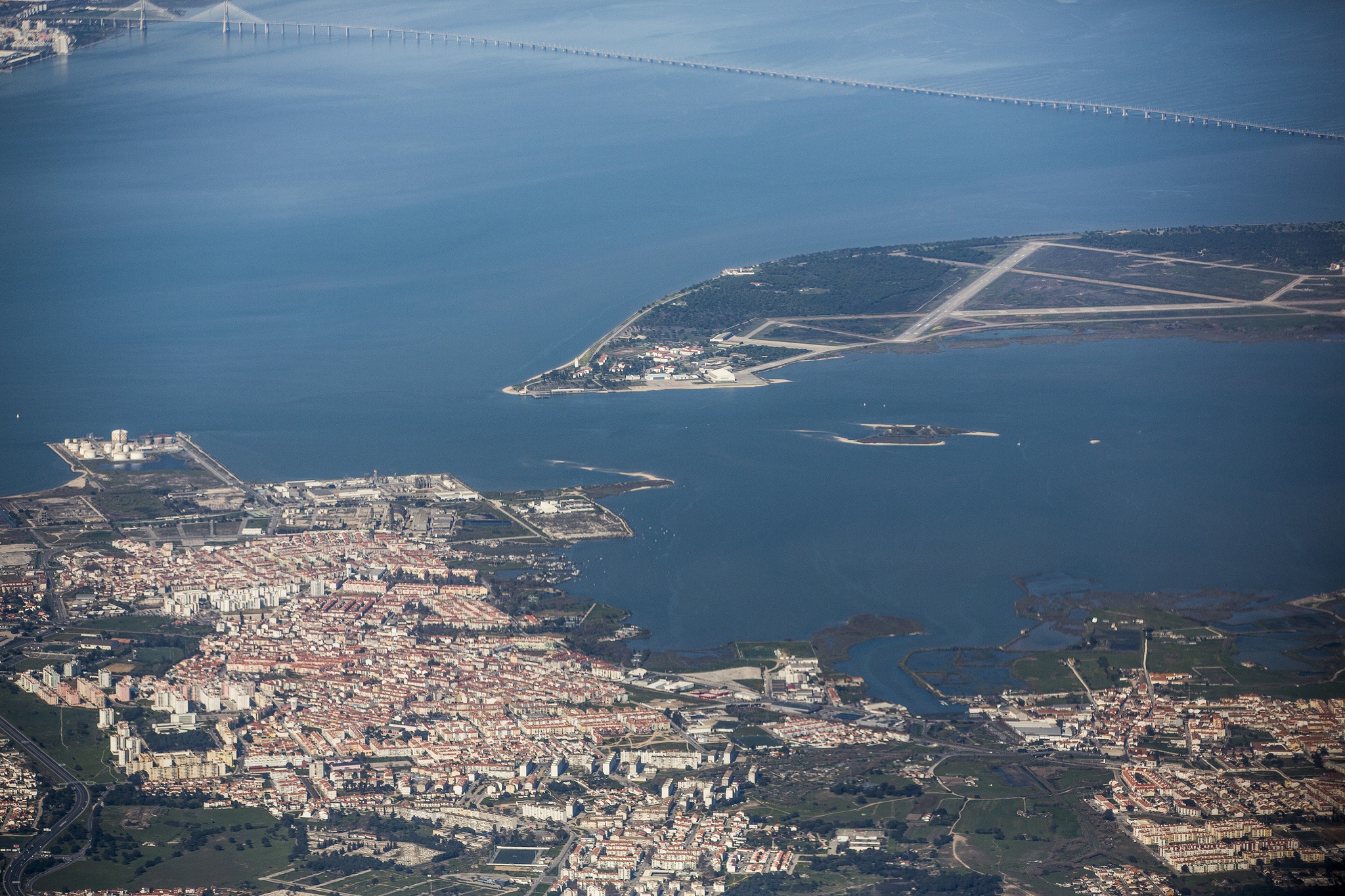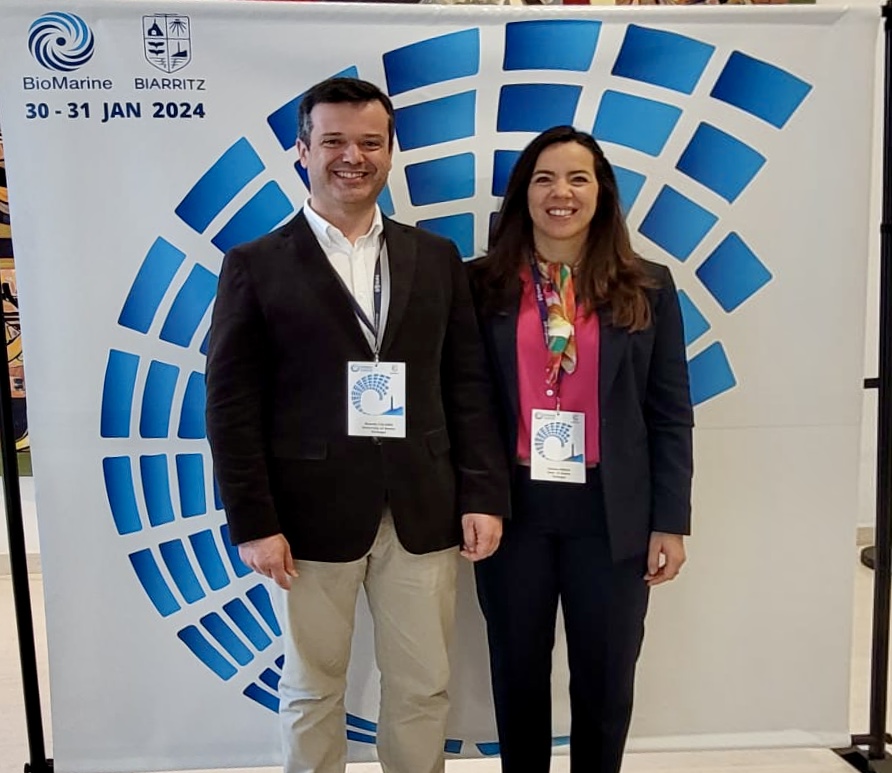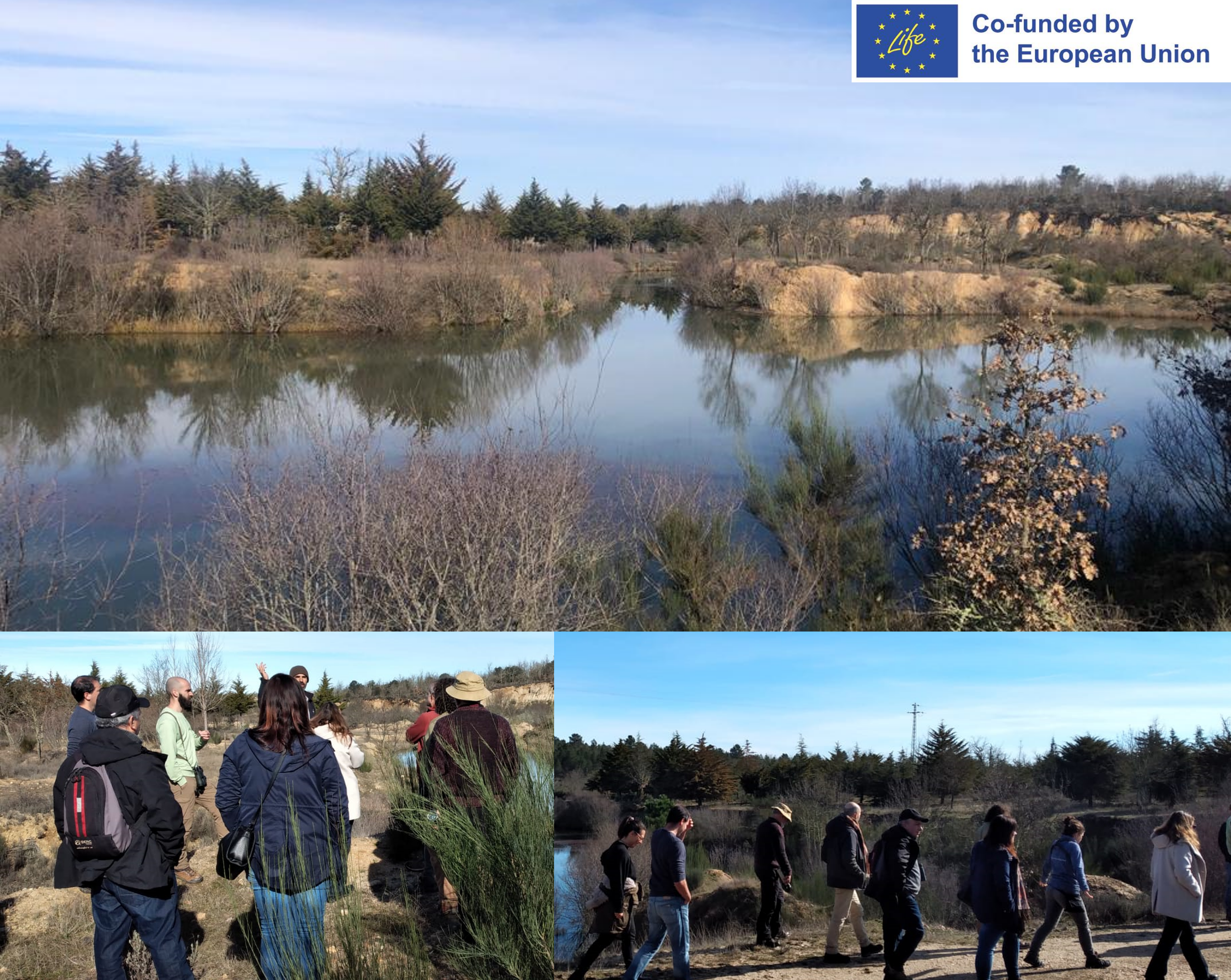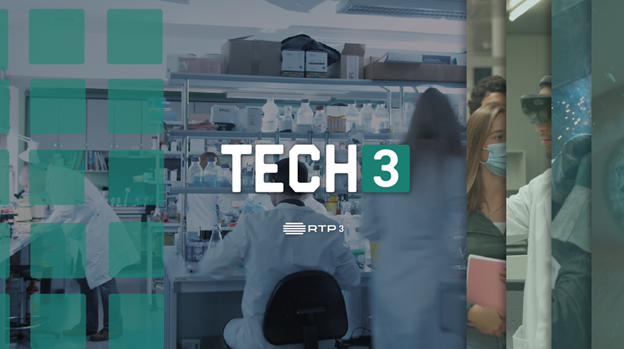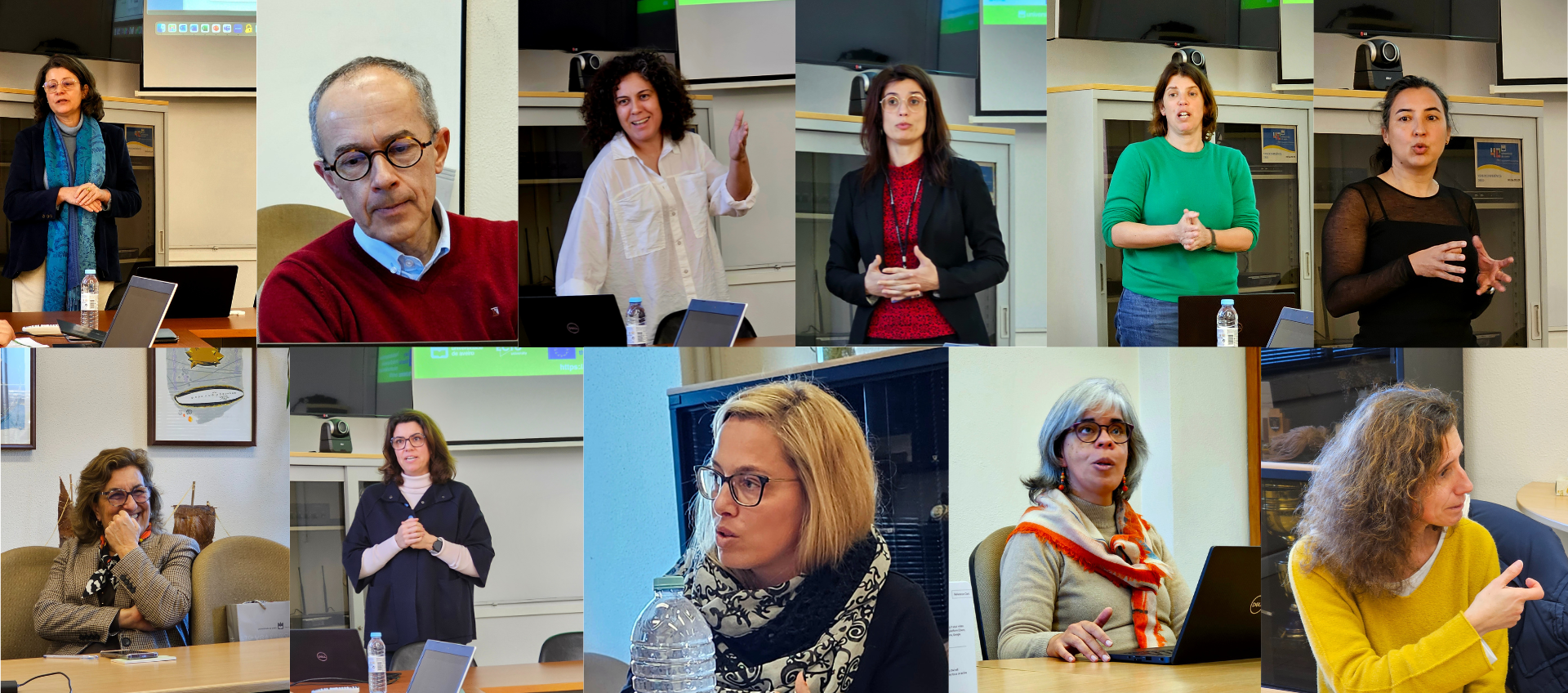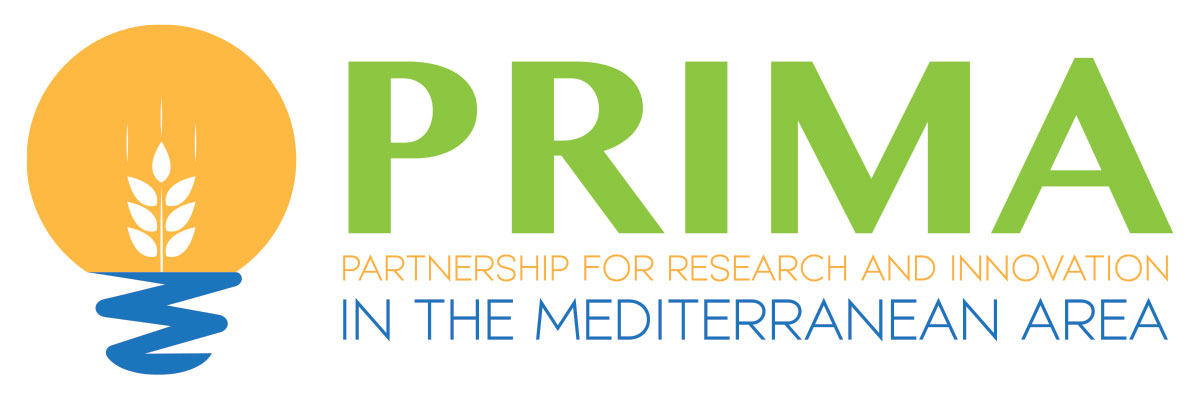PRIMA is a long-term partnership aiming to foster joint research and innovation approaches among Participating States with a regional focus on the Mediterranean region to improve water availability, sustainable agriculture, and sustainable food production in a region heavily distressed by climate change, urbanisation, and population growth. In 2024 PRIMA calls is expected to have approximately thirty projects funded, being encouraged that consortia present proposals under a “Multi-Actor Approach”. The PRIMA Work Programme 2024 is structured around 2 Sections:
- Section 1 – Actions and activities organised, managed, and funded by the PRIMA-Implementation Structure with EU funds, according to H2020 Rules – Focused only on Innovation Actions (IAs) aiming to demonstrate the validation of technology or organizational models and their replication in the market. IAs should include activities directly aiming at producing plans and arrangements or designs for new, altered, or improved products, processes, or services. In this section there will also bea contest “PRIMA Woman Greening Food Systems Award in Mediterranean Region” (more information yet to be published).
- Section 2 – Activities organised by PRIMA-IS and funded by the national funding bodies of PS (Portugal: FCT) – Focused only onResearch and Innovation Actions (RIAs) aiming to explore new areas and technologies to advance research and innovation in these domains. In this Section, each national funding body will fund the beneficiaries established in its own country (FCT has allocated to the calls of this section 1 192 500€). FCT will launched this call next week.
Both sections envisage 3 Thematic Areas:
Thematic Area 1 – Water management in the Nexus
Thematic Area 2 – Farming systems in the Nexus
Thematic Area 3 – Food value chain in the Nexus
PRIMA calls will be organised according to a two-stage submission process. For the first step, a first-stage proposal (maximum 10 pages) must be submitted by 2 April for Section 1 projects and 4 April for Section 2 projects. Successful applicants in the first step will be invited to the second step to submit a full proposal (maximum 50 pages) until 24 September for Section 1 projects and 26 September for Section 2 projects.
Eligible countries: Member States (MS) of the European Union (EU): Croatia, Cyprus, France, Germany, Greece, Italy, Luxembourg, Malta, Portugal, Spain, Slovenia. It includes the Overseas Countries and Territories linked to these Member States.
The following Third Countries associated to Horizon 2020 (AC): Israel, Tunisia, and Turkey.
The following Third Countries not associated with Horizon 2020 (TC), having concluded international agreements for scientific and technological cooperation setting out the terms and conditions of their participation in PRIMA: Algeria, Egypt, Jordan, Lebanon and Morocco
NOTE: There are specific conditions for consortium constitution.
Duration of the grants: The maximum duration is 36 months.
Topics, expected impacts, and available budget: Information on the available topics within each Section and Eligible countries, as well as the available budget and expected impacts per topic, can be found in the attached excel sheet.
Supporting materials
Here you can find the recording of the PRIMA info day (16 January 2024) and here the presentations.
It is highly recommended that you consult the preliminary PRIMA WP 2024, if you are considering applying.
Find partners for your project ideas among the organisations registered in the PRIMA portal. Also, register yourself!
Please send an email to cesam-gesciencia@ua.pt if you want our support in the process application.
